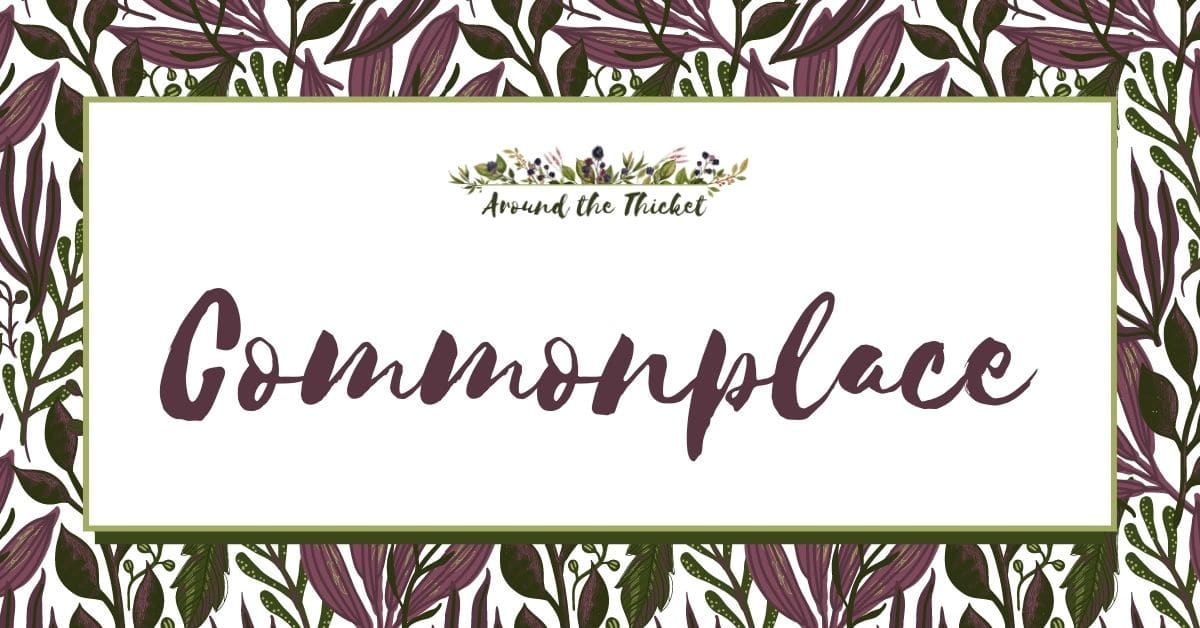Extracurricular Decision-Making Flow Chart
Our current culture is obsessed with doing ‘things’, especially for kids. Even my podcast co-host mentioned that, in her part of her home state, you have to book your children in for summer camp by January – otherwise they are full. We want our kids to have time to play and ‘just be kids’ – but deciding to buck the trend is a continuum. Just because we choose to say ‘no’ to some things doesn’t mean we say ‘no’ to everything. But how to decide?
Over the past nine months or so – since Covid restrictions really lifted and we suddenly had kids who were old enough to do activities and those activities were actually running – I’ve developed a filter for what I consider bringing into our schedule.
- Are we available? If there would be a regular conflict with our school schedule, our schedule of rest, or another commitment, then it’s an obvious ‘no’. If it would involve rushing to get there in any capacity, then that would also sway the balance toward ‘no’.
- Can we walk or cycle to get there? I don’t mind driving for a one-off event, but if something is going to feature in our regular schedule, I want to get more out of the commute than we do from driving: fresh air, exercise, quality time. Fortunately, we live in a place where we have a lot of options, even with this restriction.
- Does it build or teach a (potentially) lasting, pleasurable skill or hobby? We already live in a world of distractions and idle entertainment. And while I do impose a lot of restrictions in this area for my young children, I know that as they grow up, those restrictions will gradually lessen until they are finally launched into adulthood. And in lieu of restrictions, what I think they’ll need most is affections: hobbies, interests, skills that they simply enjoy more than what so much of our technology offers us. (I talk about this in another recent podcast). So my kids participate in things like art class, choir, and swimming, rather than coding club (for example) because I can see my kids taking those experiences into their adulthood.
If I can answer ‘yes’ to all of the above, then I’ll gauge the kids’ interest and possibly move ahead with adding in something new. Of course, after several months of slowly adding in a few new activities into our weekly schedule, we’re at a point where we aren’t often getting past the first filter. I also think that we’ll take some time over the summer break to step back and evaluate what we have on our plate. But when doing ‘all the things’ is the norm, it’s helpful to have a few principles to help clear your head and make good decisions.






One Comment